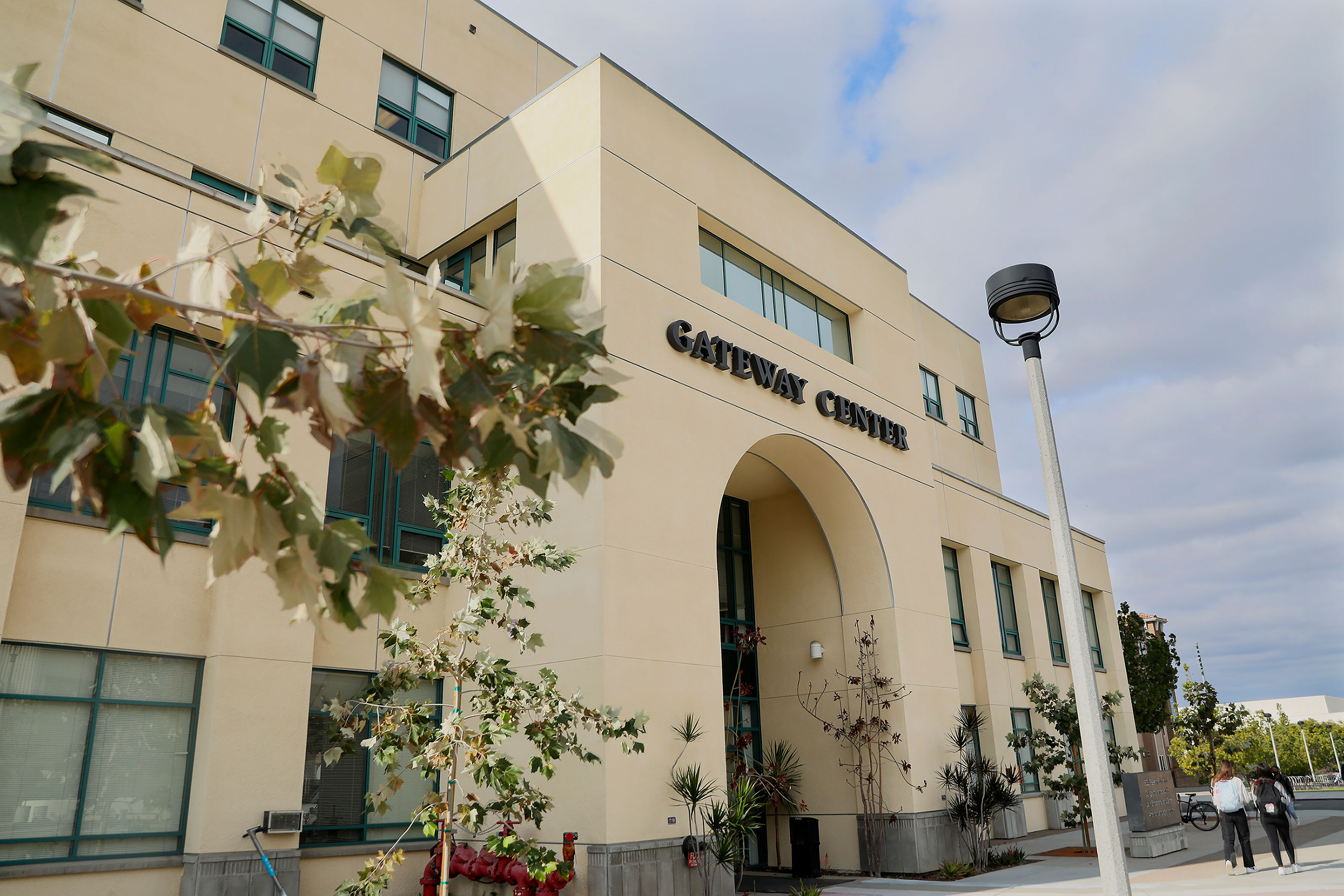Injury and Illness Prevention Program
Overview of SDSU Research Foundation (SDSURF) Injury and Illness Prevention Program
What Is the Injury and Illness Prevention Program?
The program is aimed at preventing or reducing work-related injuries and illnesses.
Reporting Workplace Hazards
All employees have a responsibility for reporting any unsafe condition or hazard that they discover in the workplace to their supervisor or to the Director of Facilities Mgmt., at (619) 594-0276.
Employees may do so without fear of reprisal and will not be disciplined, discharged or suffer any adverse personnel actions for reporting these conditions.
The employee’s report should include:
- The location of the condition believed to be unsafe or hazardous
- The date and time the condition or hazard was observed
- A description of the unsafe condition or hazard
Employees may also include any recommendations they may have for correcting the reported unsafe condition or hazard.
The Director of Facilities Planning & Management will respond to each employee report by investigating the reported unsafe condition or hazard. When appropriate, employees will receive a response explaining the action that was taken to correct the condition. Alternatively, the report will explain why the condition was not found to be unsafe or hazardous.
Employees who would like to submit their report anonymously should submit the appropriate information to the Director of Facilities Management.
Be Prepared in Case of Fire
Your supervisor should instruct you on the escape routes for your working area. Each employee should take the responsibility to know the escape route and meeting place in the event of a fire or other emergency. Remember, following good housekeeping practices and keeping work areas free from fire hazards will serve to prevent fires. Also, be sure to obey “no smoking” rules.
In public buildings, such as the SDSURF, the first thing to do upon discovery of a fire is to alert building occupants for evacuation. This should involve both activation of the building emergency alarm and verbal notification. Then call Safety Services (University Police Department) at 911 and evacuate the building.
You may attempt to extinguish the fire with a portable extinguisher, but only if the following conditions can be met:
- The fire is small (“trash can” size or smaller).
- You are familiar with the use of the fire extinguisher.
- You can attempt to extinguish the fire and still maintain a safe escape route toward an exit.
Additional guidance on fire response and assistance in assessing an area for fire safety can be obtained by calling the Facilities Planning & Management Department at (619) 594-0276.
Please see Appendix A below for SDSURF properties, fire & intrusion alarm details
Chemical Safety and Hazard Communication
A significant element when maintaining the safety and health of the employees is establishing an awareness of hazardous chemicals found in the workplace. An integral part of working safely with chemicals and understanding their effects is the Material Safety Data Sheets or MSDS.
The MSDS are prepared by the manufacturer on chemicals that may be potentially hazardous. The MSDS provide data regarding fire hazards, emergency handling, special precautions, and hazardous ingredients, to name just a few. MSDS are required to be available for all hazardous chemicals found in the work environment and accessible to all employees.
A repository of MSDS is maintained and they are available to you upon request. If you wish to request an MSDS for a substance found in your work environment, please contact the Director of Facilities Planning & Management at (619) 594-0276.
COVID-19 Prevention Non-Emergency Regulations
Respiratory Viruses (COVID-19, Flu, and RSV)
San Diego State University Research Foundation, in its decision-making regarding Respiratory Viruses (COVID-19, Flu, and RSV), follows the guidance of the San Diego County Health and Human Services Agency, California Department of Public Health, U.S. Centers for Disease Control and Prevention, and U.S. Department of State.
To learn more about Respiratory Viruses (COVID-19, Flu, and RSV) in San Diego County: - https://www.sandiegocounty.gov/content/sdc/hhsa/programs/phs/community_epidemiology/dc/respiratoryviruses.html
Updated April 2025

